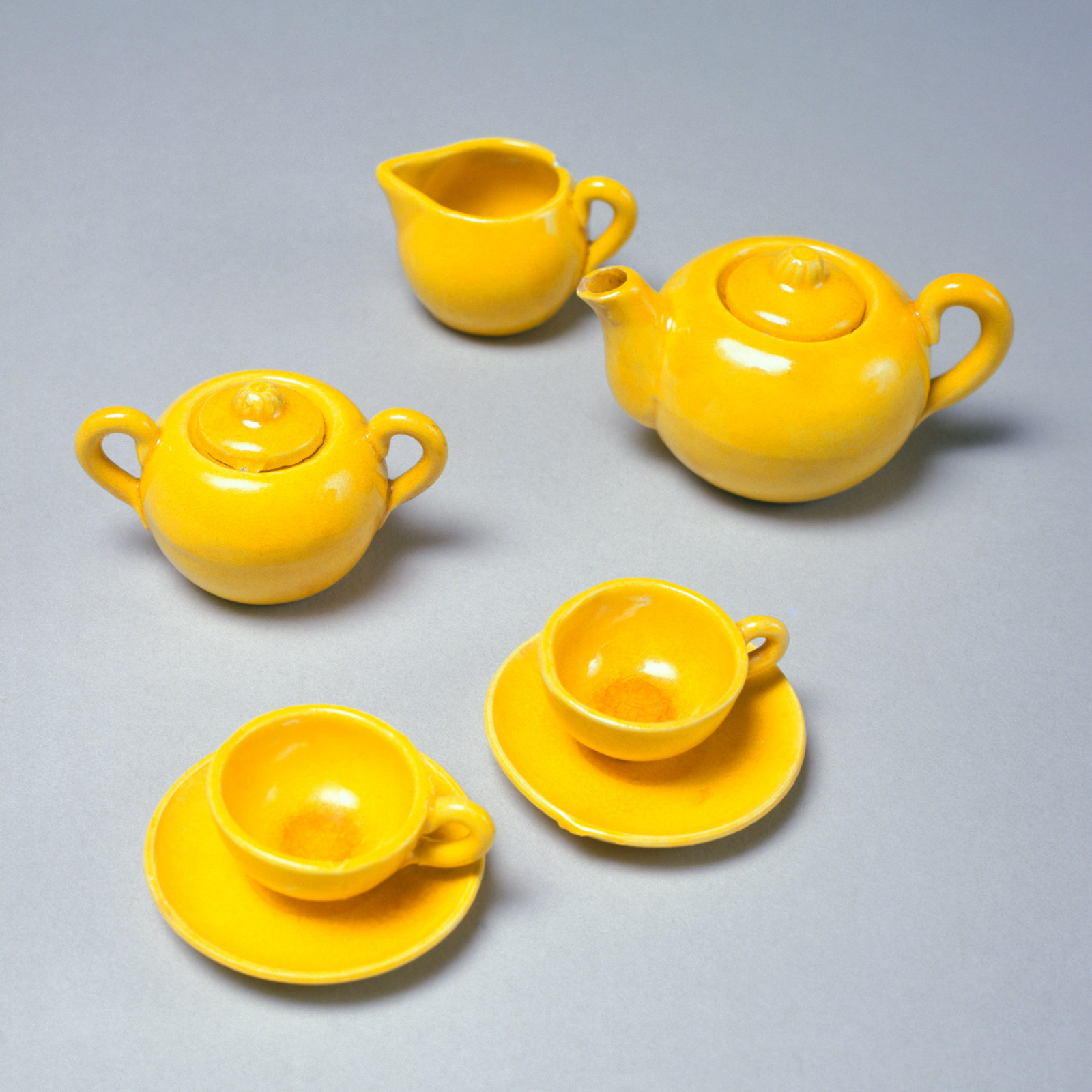Jack Reilly’s wrestling trophy
This silver trophy was presented to Constable John (Jack) Theodore Reilly (1904-1992) for winning the Light Heavyweight Wrestling competition at the NSW Police Carnival in February 1935.
Jack Reilly was born at Peak Hill in central west New South Wales and worked as a horse breaker, station hand and drover before joining the police in 1929. He won his first wrestling trophy at a competition held at Dirranbandi in outback Queensland in March 1928 and won other trophies in 1939 and 1940. Wrestling was popular with members of the police and many police wrestlers, including Reilly, worked with the Police Boys Club - now the Police Citizens Youth Club - teaching the sport to young people. During the Second World War he took a special course at Frankston Military School in Victoria, qualifying as an instructor in unarmed combat and physical training. He worked in many different areas during his police career, including the Traffic Branch, Scientific Investigation Bureau and Photographic Section. He spent time as a police motorcyclist and was one of a team of daredevils who performed tricks during police carnivals. He retired in 1964, with an excellent service record, at the rank of Inspector 1st Class.
Related

The trophy cabinet
Trophies are symbolic objects, intended for display as evidence of achievement, especially of victory in a contest of some kind
Published on
Collection items
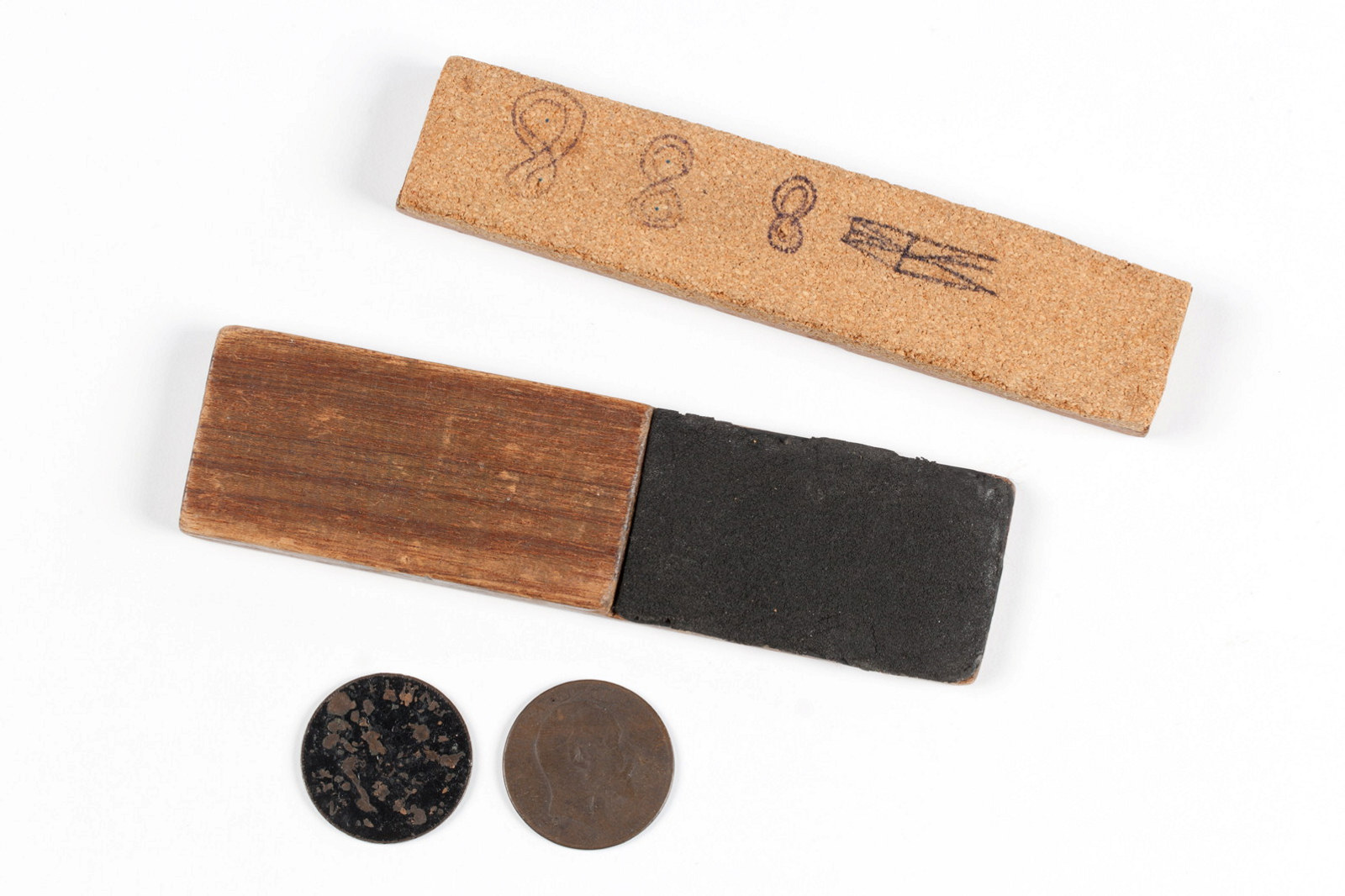
Come in spinner!
Gambling in Australia is regulated by the state and some types of gambling are illegal. The game Two-up, with its catch cry of ‘Come in Spinner!’, is legal only on Anzac Day and only in some states
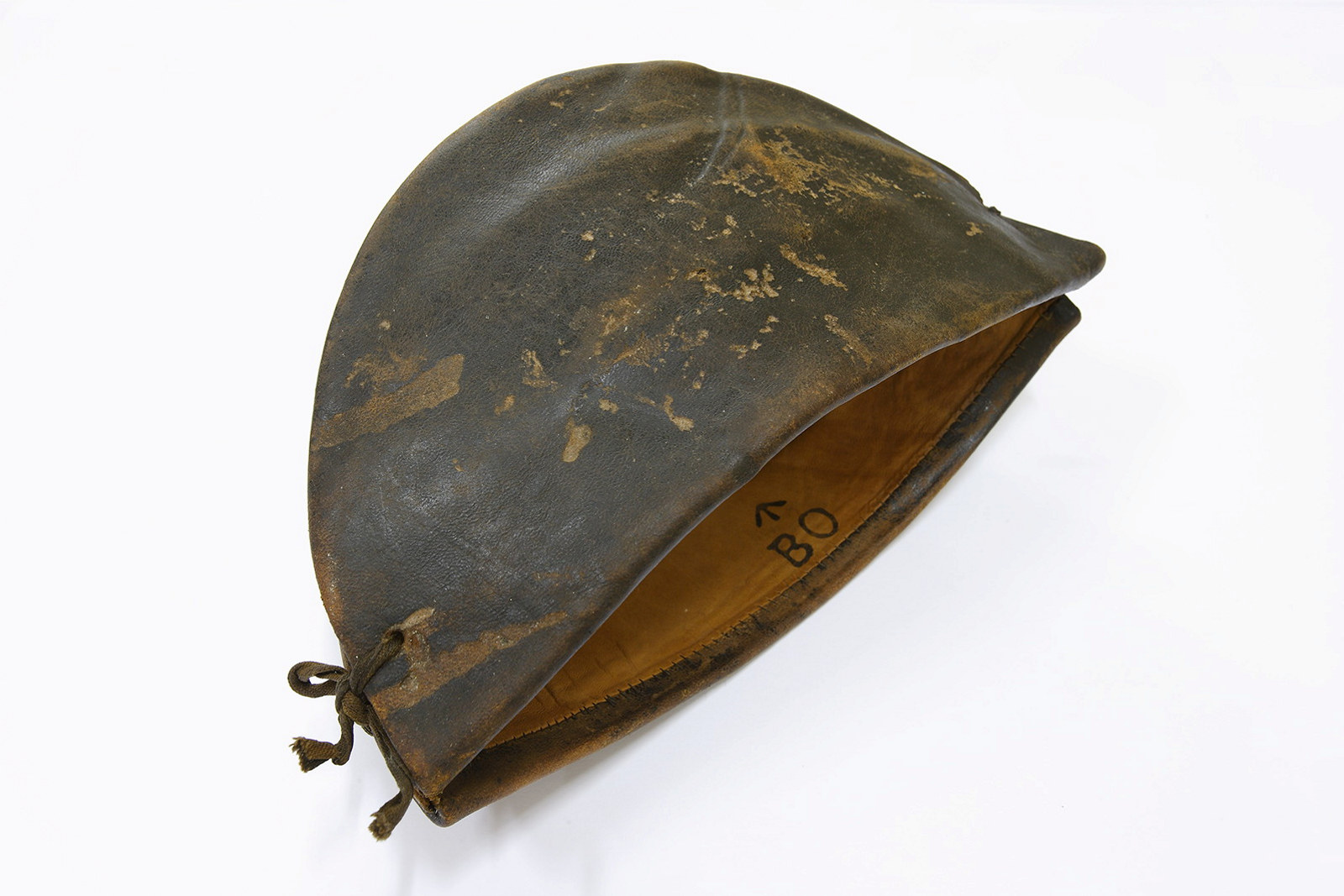
Convict Sydney
Convict cap
A hat was known as a castor or a kelp in the convict ‘flash’ slang language

The trophy cabinet
Trophies are symbolic objects, intended for display as evidence of achievement, especially of victory in a contest of some kind
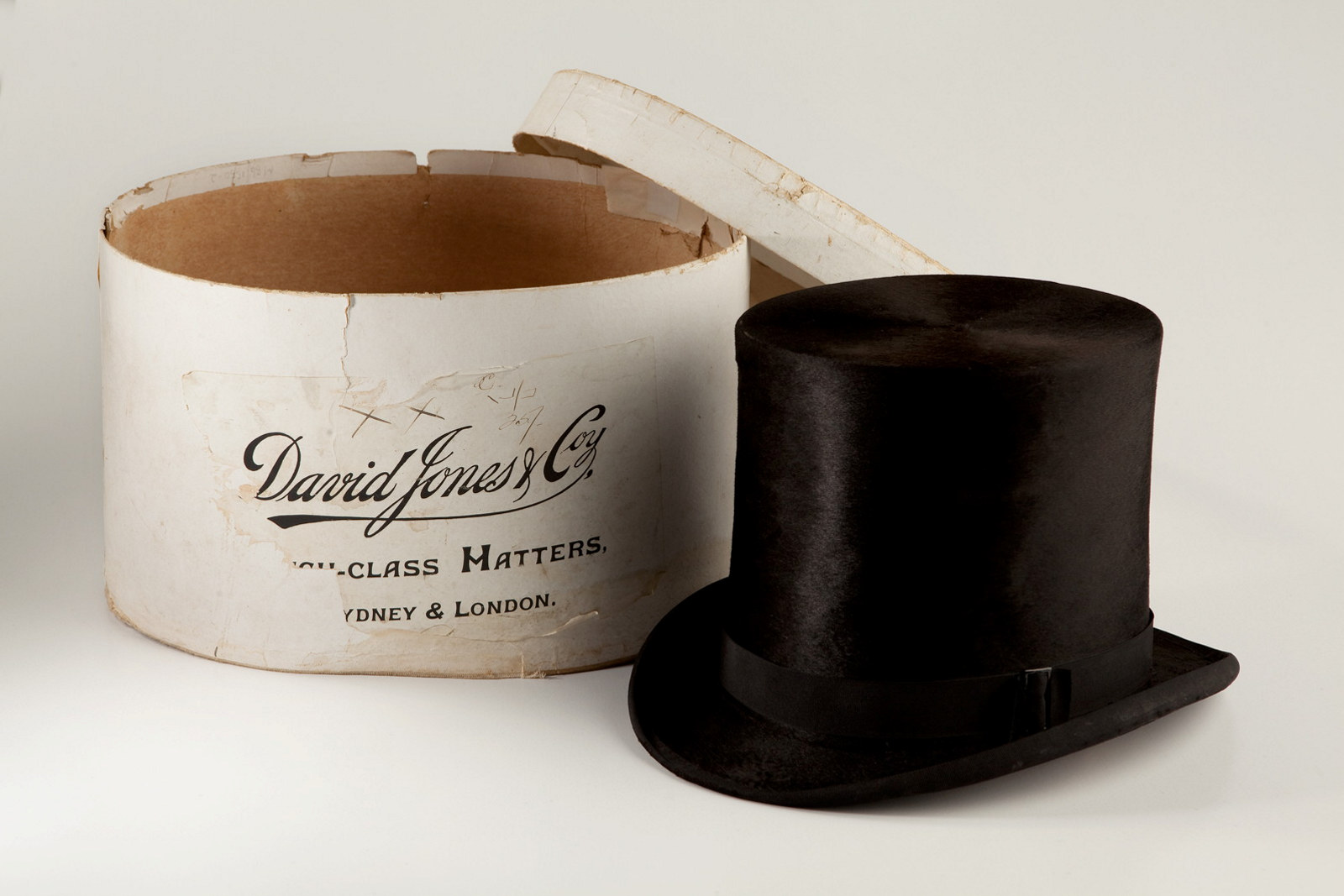
Bicornes, bonnets & boaters
There’s a variety of headwear across our collections ranging in date from early to late nineteenth century
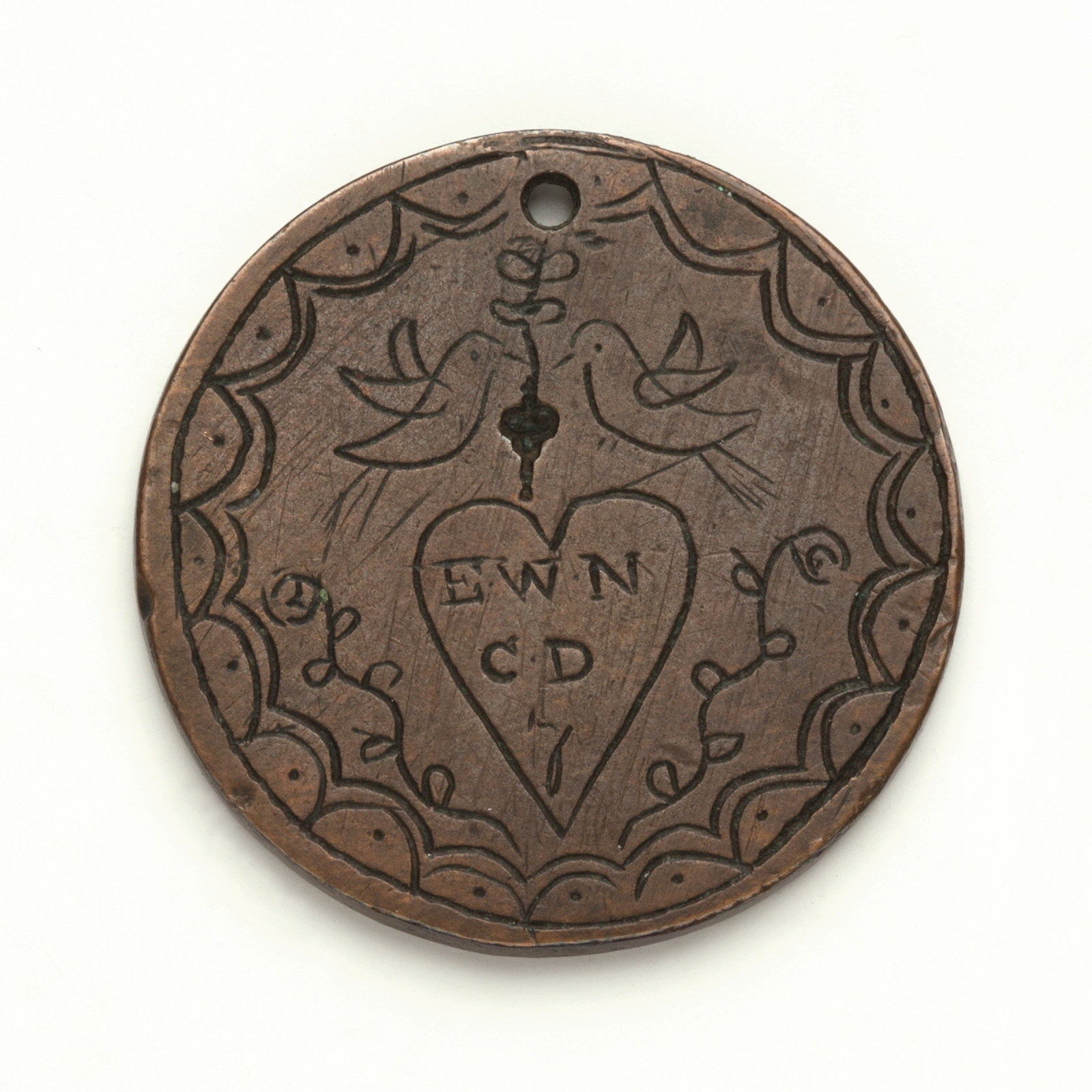
Convict Sydney
Love token, Donovan
This very detailed token was probably made by a nineteen year old called Cornelius Donovan
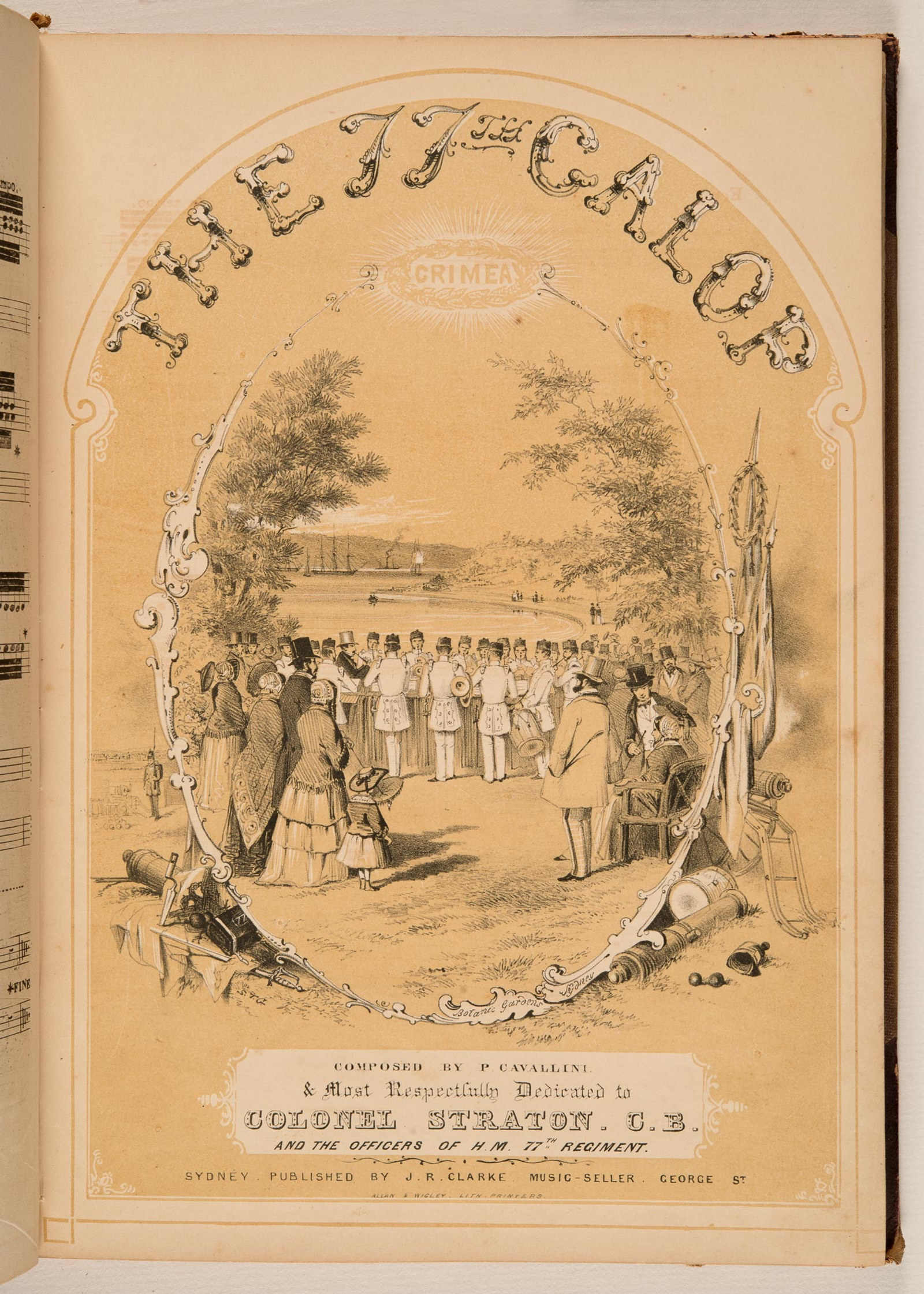
Reading the score
Since the early 1800s, Australian households have purchased sheet music to enliven their drawing room repertoire
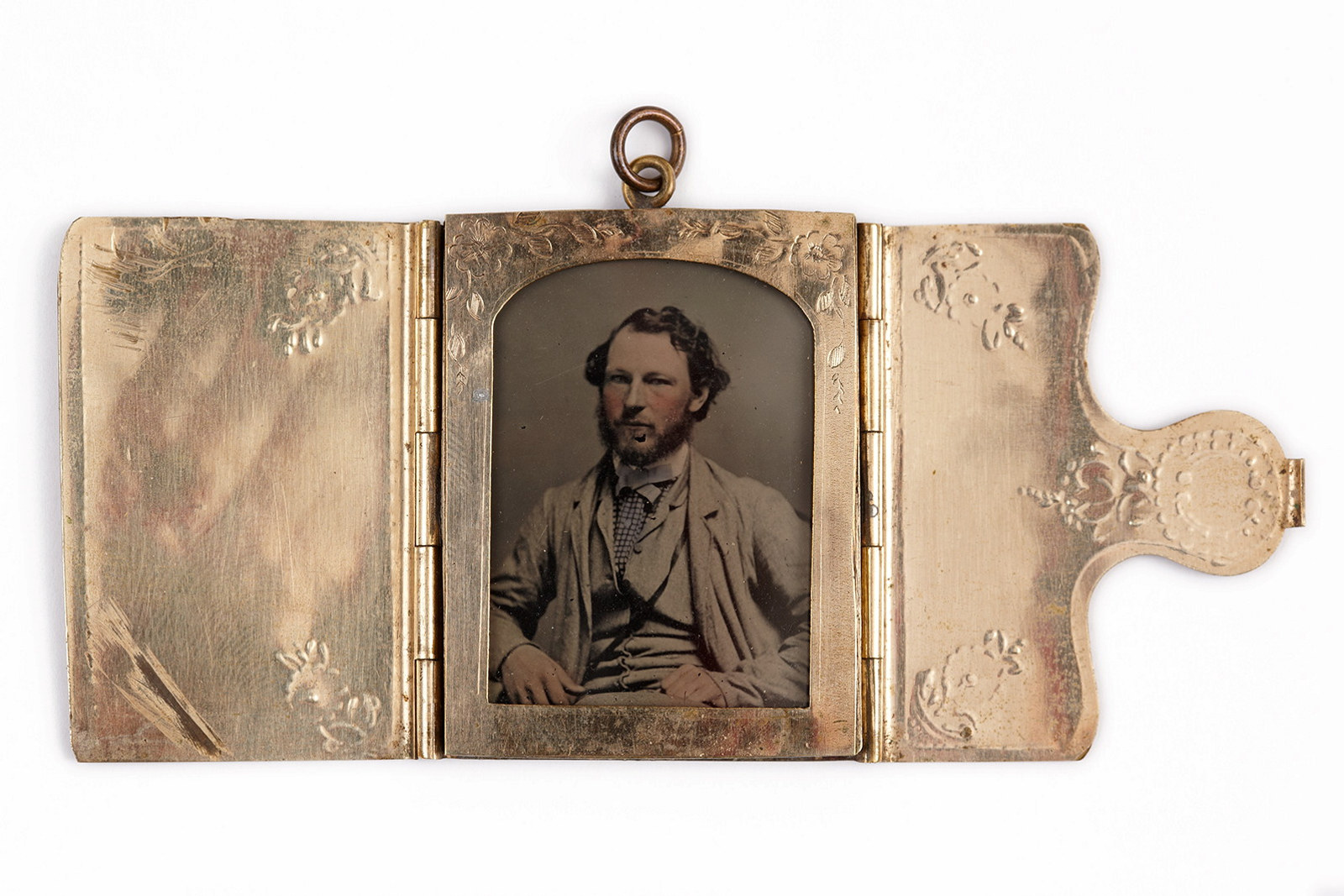
Close to the heart
Expressions of love and endearment have long been embodied in keepsakes or jewellery worn or held close to the body
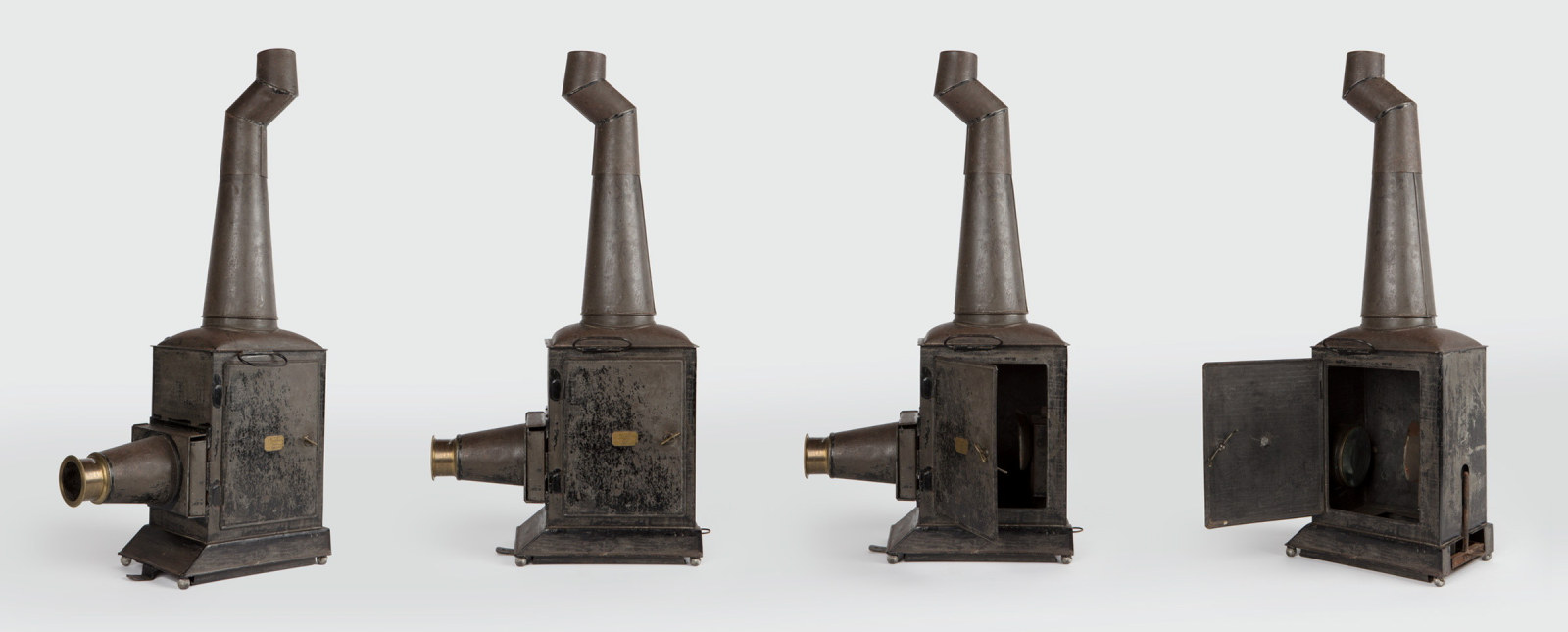
Magic lantern at Rouse Hill Estate
The Rouse Hill House magic lantern is a mid-19th century example of a form of image projector which dates back to the 17th century
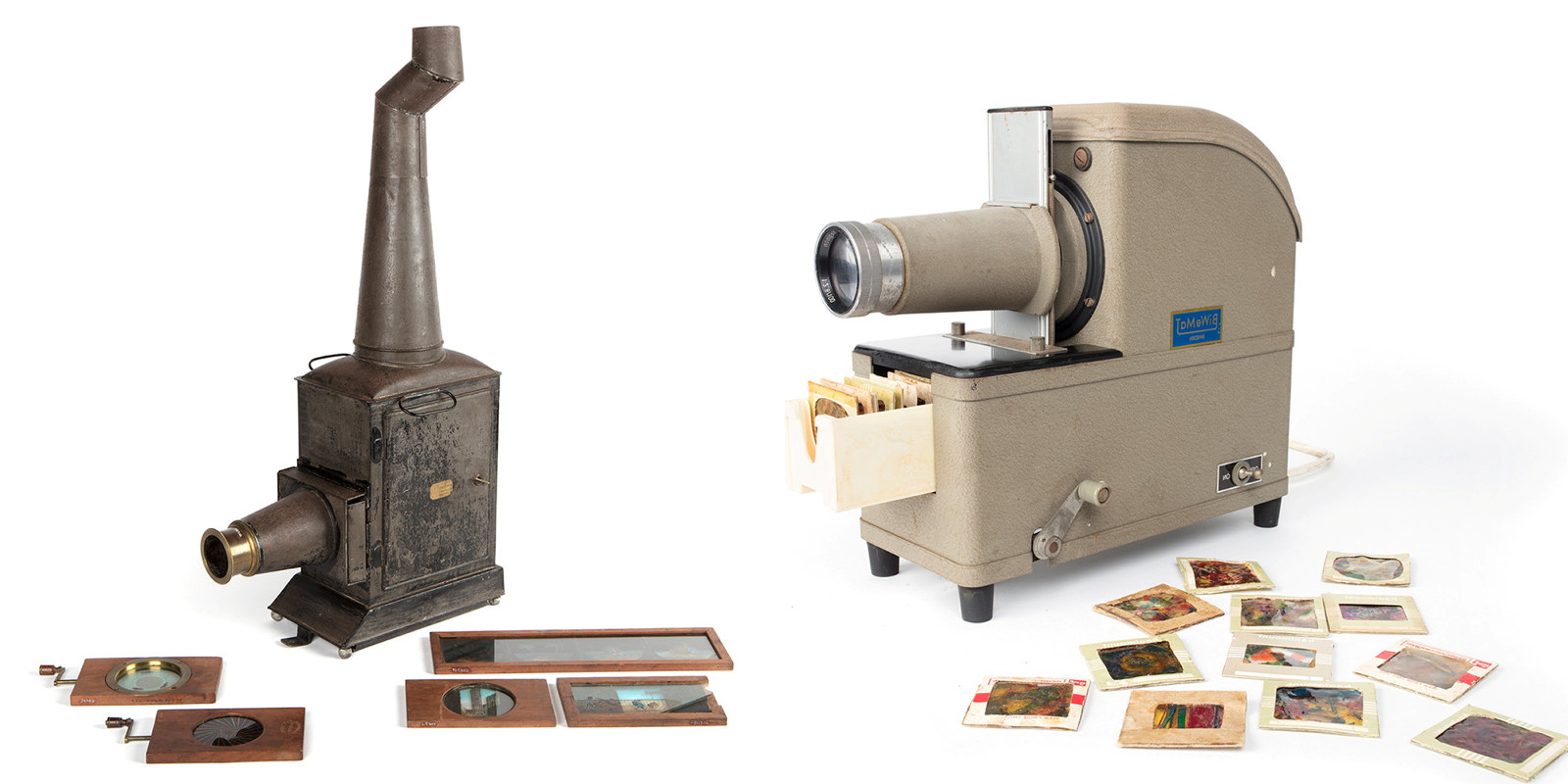
Projected across time
In the late 1960s, John Terry, then a young man living at Rouse Hill Estate, composed avant-garde music which he set to abstract projected images, and performed at various locations in Sydney
